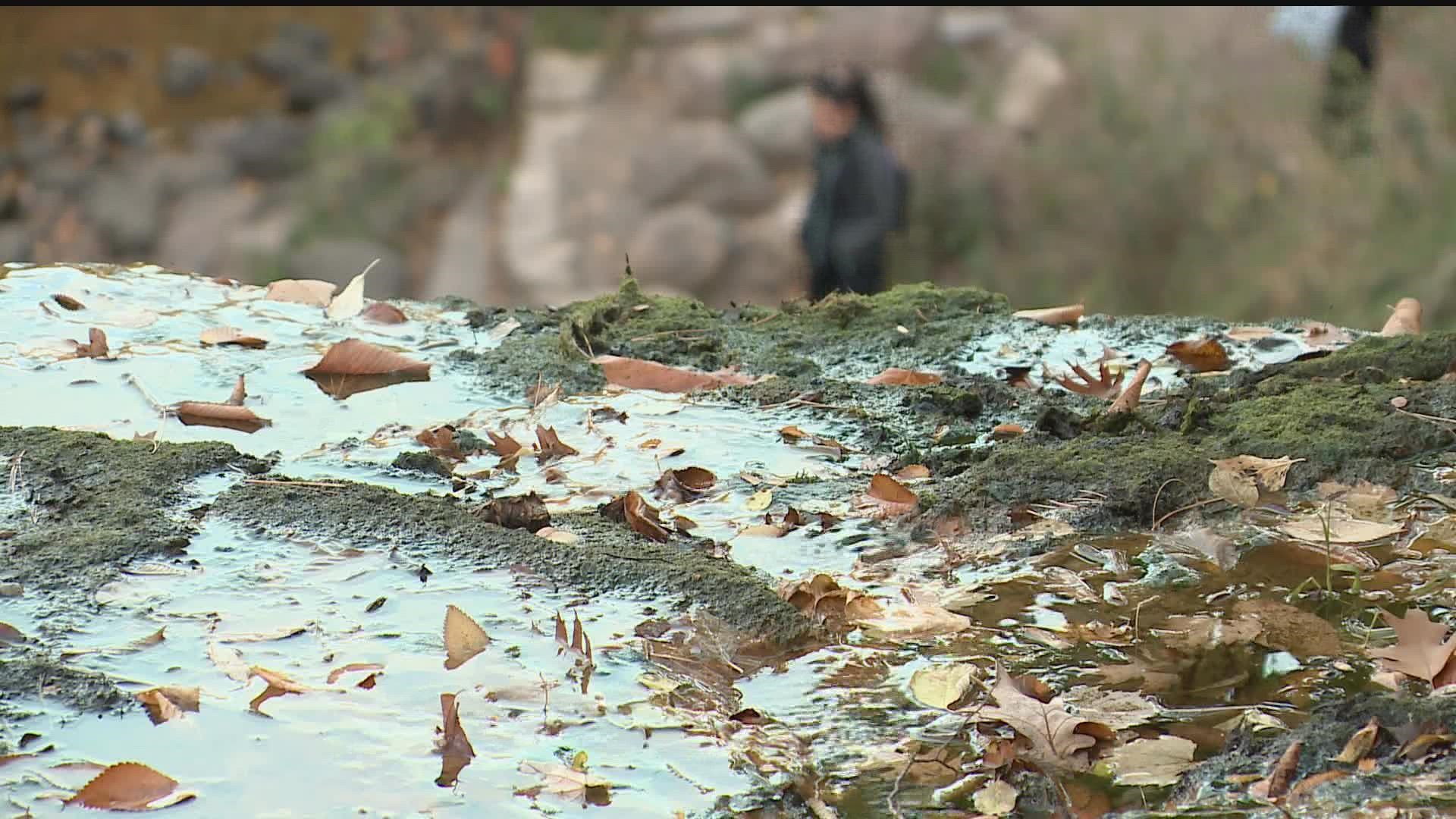ST PAUL, Minn. — Coming off the driest September on record for much of the state, the Twin Cities metro area has spent the last two weeks under an extreme drought.
"This is the driest I've ever seen it," said Linda Spallino who was visiting Minnehaha Regional Park.
The falls at the park have fallen victim to the extreme conditions.
"I was worried about the crawfish and everything down there because obviously they will swim towards water but I don't know where they are now, the ducks aren't here," said Debbie Moore, who was playing her violin in the park.
Down south, along the Mississippi River, the water is approaching its lowest level since 2012 delaying the transportation of goods, and The National Weather Service says the river's level could dip below 2 feet in some spots by November.
"We have lake levels that are basically at the lowest they've been in decades in some cases so it's just a lot of catching up that we have to do come the spring thaw which is quite a long ways away," explained KARE 11 Meteorologist Ben Dery.
Which is why leaders with the state's Department of Natural Resources are now urging residents in the Twin Cities and southern region of the state to conserve water, to limit the negative impacts ahead of next spring.
"The water table right now is so low, ground water levels continue to drop and without getting any additional rainfall over the next couple of weeks before things lock up you're going to be at that low level already prime for drought once we head into spring 2023," said Dery.
According to the DNR the average Minnesotan uses 52 gallons of water a day which it says can be reduced by shortening showers, maximizing laundry loads, and checking for leaks.
"Unless something drastically changes where we get a slow thaw with gradual rains in the spring you're going to run into some big issues," said Dery.
Areas experiencing extreme drought, experts say, will require at least five to eight inches of rain over several weeks to replenish water resources, and areas experiencing severe drought will require at least three to five inches of rain.
Watch more local news:
Watch the latest local news from the Twin Cities in our YouTube playlist:

